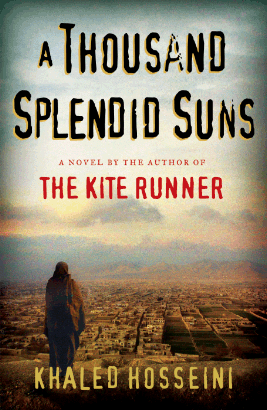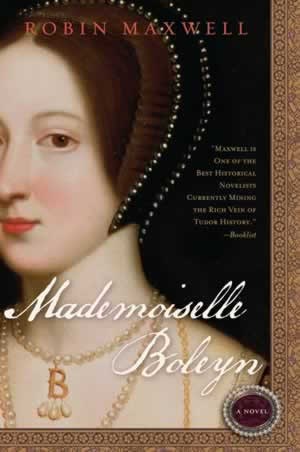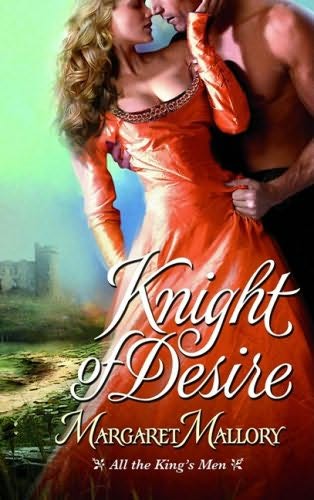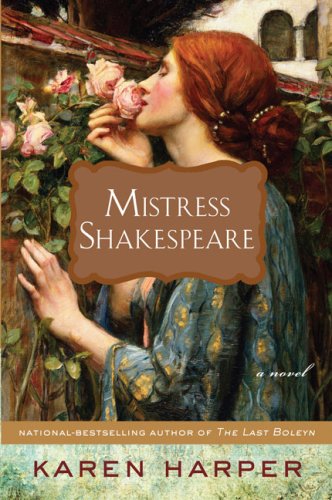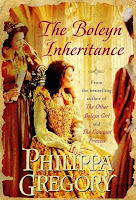Uprising by Margaret Peterson Haddix
A great book for Young Adults. Here's what I wrote about it for a review I did for Historical Novels Review:
Set in New York City in 1910-1911, Uprising tells the story of three young women from different walks of life whose lives become connected through the shirtwaist workers’ strike. Yetta is a Russian immigrant who moved to America and works at the Triangle Shirtwaist Factory in order to earn money to send back to her homeland. Bella is a recently arrived Italian immigrant who is overwhelmed in America and feels like a stranger. She is eager to learn and works at the factory as well. Jane is an unhappy rich society girl who longs for something different in her life but is uncertain about what she can do to change and break free from the cage in which she feels she is trapped.
The hundreds of workers at the factory put up with low wages and unsafe working conditions until one day, a strike is organized. Yetta feels passionate about their cause and quickly becomes one of the strike’s leaders, attending meetings and marching in the picket lines. Soon both Bella and Jane join her, and the girls quickly become friends. Haddix does a superb job of portraying the different aspects of the girls’ lives, from their involvement in the strike, the conditions of working in the factory, and their daily survival.
Chapters alternate between each of the girls, allowing readers to experience three different perspectives of the events that unfold. Not only is Uprising the story of the strike and the Triangle Shirtwaist Factory fire that changed American labor forever, it is also a story of friendship, family, choices, and the social classes and rules of society that existed in America in the early 1900s. This book is an excellent read and makes history come alive through all of the well-crafted characters.

